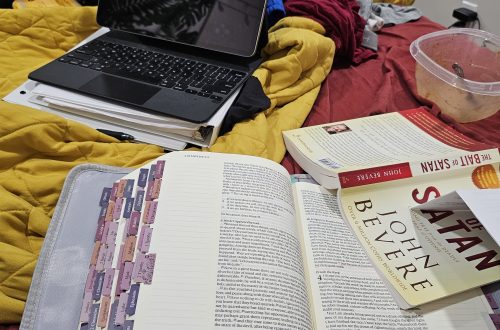Teaching My Kids Consent, Boundaries, and the Power of “No”
There are a lot of things that are considered “normal” in parenting and family culture that I’ve chosen to step away from. As a mother who is healing from my own trauma and doing the deep work of raising emotionally aware, confident children, I’ve learned that not everything that’s culturally acceptable is healthy—or respectful to children.
In our home, consent and boundaries matter—even for kids. Especially for kids.
Let me share a few examples of what that looks like:
1. They’re Allowed to Say No—Even to Adults
Just because someone asks my child to do something doesn’t mean they have to comply. My children are allowed to respectfully decline. For instance, if someone says, “Come give me a hug,” my child has the right to say no. That’s not disrespect—that’s autonomy.
Forcing a child to give physical affection can send a dangerous message that their body isn’t their own, or that they must ignore discomfort to make others happy. I want my children to grow up knowing they never have to let someone touch them if they don’t want to.
The same goes for being asked to perform—whether it’s showing off a trick, saying a prayer, or telling a joke. If they don’t want to, that’s their right. No means no. I will always back them up.
Because when we ignore our children’s “no,” we teach them that their voice doesn’t matter. That pleasing others is more important than protecting their peace. And that’s not a legacy I want to pass on.
2. They Don’t Have to Greet Every Person in the Room
When we enter someone’s home, I only expect my children to greet the people they know—typically the hosts. For example, if we go to Grandma and Grandpa’s house, they say hello to Grandma and Grandpa. If there are extended relatives or friends they’ve never met, I don’t force them to say hi.
I wouldn’t expect an adult to walk into a room full of strangers and greet each person individually—why should my kids?
Instead, I give them space and time to warm up. If they want to engage, they will. But that interaction will come from a genuine place, not a forced obligation.
3. We Handle Our Own Discipline
No one disciplines our kids except me and my husband. It doesn’t matter whose house we’re in—if we are present, we are the ones who correct our children. Respect goes both ways. As guests, we respect your home. As parents, we expect our role to be respected in return.
I’m not okay with anyone else raising their voice at, punishing, or physically disciplining my child. We’ve worked hard to build a safe, trusting, emotionally secure environment for our kids. That does not get undone the minute we step outside our front door.
4. We Do Not Spank
Yes, I used to spank. But after learning more about the emotional and mental toll it can take on children, I’ve stopped. I want my children to feel physically and emotionally safe—always.
So no, my kids will not go to a relative’s house and be spanked. Not by anyone. Period.
Allowing others to physically discipline our children sends a harmful message: that people outside their home can touch or harm them when they’re “bad.” I don’t want to raise children who believe that’s okay. I want to raise children who know that their safety matters, that they are always worthy of respect, and that love never has to hurt.
These are just a few of the boundaries we’ve set in our home. And I know it might rub some people the wrong way—but I’m not here to please everyone. I’m here to protect and empower the little humans God entrusted to me.
Are there things you do differently with your kids? Boundaries you’ve set that others don’t understand? I’d love to hear your thoughts—drop a comment below.
Together, we’re raising a new generation rooted in respect, resilience, and the confidence to say no.


